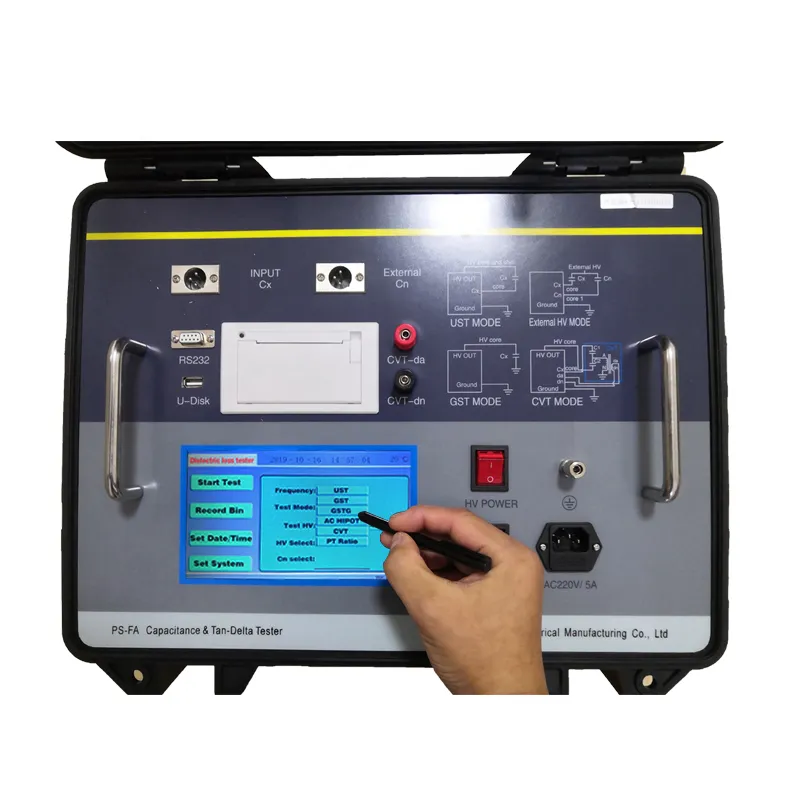 English
English



-
 Afrikaans
Afrikaans -
 Albanian
Albanian -
 Amharic
Amharic -
 Arabic
Arabic -
 Armenian
Armenian -
 Azerbaijani
Azerbaijani -
 Basque
Basque -
 Belarusian
Belarusian -
 Bengali
Bengali -
 Bosnian
Bosnian -
 Bulgarian
Bulgarian -
 Catalan
Catalan -
 Cebuano
Cebuano -
 China
China -
 China (Taiwan)
China (Taiwan) -
 Corsican
Corsican -
 Croatian
Croatian -
 Czech
Czech -
 Danish
Danish -
 Dutch
Dutch -
 English
English -
 Esperanto
Esperanto -
 Estonian
Estonian -
 Finnish
Finnish -
 French
French -
 Frisian
Frisian -
 Galician
Galician -
 Georgian
Georgian -
 German
German -
 Greek
Greek -
 Gujarati
Gujarati -
 Haitian Creole
Haitian Creole -
 hausa
hausa -
 hawaiian
hawaiian -
 Hebrew
Hebrew -
 Hindi
Hindi -
 Miao
Miao -
 Hungarian
Hungarian -
 Icelandic
Icelandic -
 igbo
igbo -
 Indonesian
Indonesian -
 irish
irish -
 Italian
Italian -
 Japanese
Japanese -
 Javanese
Javanese -
 Kannada
Kannada -
 kazakh
kazakh -
 Khmer
Khmer -
 Rwandese
Rwandese -
 Korean
Korean -
 Kurdish
Kurdish -
 Kyrgyz
Kyrgyz -
 Lao
Lao -
 Latin
Latin -
 Latvian
Latvian -
 Lithuanian
Lithuanian -
 Luxembourgish
Luxembourgish -
 Macedonian
Macedonian -
 Malgashi
Malgashi -
 Malay
Malay -
 Malayalam
Malayalam -
 Maltese
Maltese -
 Maori
Maori -
 Marathi
Marathi -
 Mongolian
Mongolian -
 Myanmar
Myanmar -
 Nepali
Nepali -
 Norwegian
Norwegian -
 Norwegian
Norwegian -
 Occitan
Occitan -
 Pashto
Pashto -
 Persian
Persian -
 Polish
Polish -
 Portuguese
Portuguese -
 Punjabi
Punjabi -
 Romanian
Romanian -
 Russian
Russian -
 Samoan
Samoan -
 Scottish Gaelic
Scottish Gaelic -
 Serbian
Serbian -
 Sesotho
Sesotho -
 Shona
Shona -
 Sindhi
Sindhi -
 Sinhala
Sinhala -
 Slovak
Slovak -
 Slovenian
Slovenian -
 Somali
Somali -
 Spanish
Spanish -
 Sundanese
Sundanese -
 Swahili
Swahili -
 Swedish
Swedish -
 Tagalog
Tagalog -
 Tajik
Tajik -
 Tamil
Tamil -
 Tatar
Tatar -
 Telugu
Telugu -
 Thai
Thai -
 Turkish
Turkish -
 Turkmen
Turkmen -
 Ukrainian
Ukrainian -
 Urdu
Urdu -
 Uighur
Uighur -
 Uzbek
Uzbek -
 Vietnamese
Vietnamese -
 Welsh
Welsh -
 Bantu
Bantu -
 Yiddish
Yiddish -
 Yoruba
Yoruba -
 Zulu
Zulu
Transformer Oil Testing Guide Free PDF Download for Power Systems
- Introduction to Transformer Oil Testing Essentials
- Critical Parameters in Oil Analysis
- Technical Advancements in Testing Equipment
- Vendor Comparison: Accuracy & Reporting
- Tailored Solutions for Industry Needs
- Case Study: Operational Efficiency Gains
- Accessing Reliable Transformer Oil Testing PDF Resources

(transformer oil testing pdf)
Understanding Transformer Oil Testing Essentials
Transformer oil testing ensures operational reliability across power grids, with 78% of unplanned outages traced to insulation degradation. Standardized PDF documentation provides technicians with actionable metrics for dielectric strength, dissolved gas analysis (DGA), and interfacial tension. Leading utilities now require ASTM D3612-compliant reports, emphasizing the need for precise data interpretation.
Critical Parameters in Oil Analysis
Modern laboratories evaluate 12+ chemical and electrical properties, including:
- Breakdown voltage (≥60 kV)
- Water content (≤35 ppm)
- Acid number (≤0.1 mg KOH/g)
Advanced spectral analysis detects 0.5 ppm-level contaminants, enabling predictive maintenance 6-8 months before equipment failure.
Technical Advancements in Testing Equipment
Portable DGA units now deliver lab-grade accuracy (±2% error margin) within 15 minutes, compared to traditional 48-hour lab turnaround. Fourier-transform infrared spectrometers identify oxidation byproducts at 0.01% concentration thresholds, surpassing IEC 60599 standards.
| Vendor | Test Parameters | Accuracy | PDF Report Features | Price per Test |
|---|---|---|---|---|
| VoltCheck Pro | 18 | 99.2% | Interactive charts | $420 |
| DynaLabs | 15 | 97.8% | Auto-trend analysis | $375 |
| GridSure | 22 | 98.9% | Multi-language support | $460 |
Tailored Solutions for Industry Needs
Custom testing packages address specific challenges:
- Offshore Wind: Salt contamination tracking (5-7 test cycles/year)
- Data Centers: 24-hour emergency DGA services
- Mining: High-vibration condition monitoring
Case Study: Operational Efficiency Gains
A Midwest utility reduced transformer replacements by 62% after implementing quarterly oil analysis. Their 2022-2023 data shows:
- 43% fewer load interruptions
- $288k annual maintenance savings
- 14% extended equipment lifespan
Accessing Reliable Transformer Oil Testing PDF Resources
Industry-approved PDF templates from IEEE and CIGRE provide standardized reporting frameworks. Our repository includes 120+ downloadable documents covering 20+ test protocols, updated quarterly to reflect latest ASTM and IEC revisions.

(transformer oil testing pdf)
FAQS on transformer oil testing pdf
Q: What is included in a typical transformer oil testing PDF guide?
A: A typical guide includes testing procedures, standards (e.g., ASTM D877, IEC 60422), key parameters like dielectric strength, moisture content, and dissolved gas analysis (DGA). It may also cover safety protocols and equipment requirements.
Q: Why is power transformer oil testing critical for maintenance?
A: Regular testing detects contaminants, aging by-products, and insulation degradation, preventing failures. It ensures compliance with industry standards and extends transformer lifespan by enabling proactive maintenance.
Q: Where can I find a reliable power transformer testing PDF resource?
A: Reputable sources include IEEE standards, transformer manufacturers' websites, and industry organizations like ASTM International. Utility companies and technical journals often provide free or paid downloadable guides.
Q: How do dissolved gas analysis (DGA) methods differ in transformer oil testing PDFs?
A: DGA methods vary by detection techniques (gas chromatography, sensors) and interpretation standards (IEC 60599, IEEE C57.104). PDF guides explain gas limits, fault diagnosis, and trending practices for accurate condition assessment.
Q: Are there free power transformer oil testing PDF checklists available?
A: Yes, some labs, government energy agencies, and NGOs offer free checklists. These typically outline sampling procedures, test intervals, and critical parameters but may exclude detailed analysis found in paid resources.
-
Testing Equipment Industry Sees Major Advancements in 2025: Smart & Precision Technologies Lead the WayNewsJun.06,2025
-
Applications of Direct Current Generators in Renewable Energy SystemsNewsJun.05,2025
-
Hipot Tester Calibration and Accuracy GuidelinesNewsJun.05,2025
-
Digital Circuit Breaker Analyzer Features and BenefitsNewsJun.05,2025
-
Benefits of Real-Time Power Quality Monitoring Devices for Industrial EfficiencyNewsJun.05,2025
-
Earth Fault Loop Testing in High-Rise Building Electrical SystemsNewsJun.05,2025



